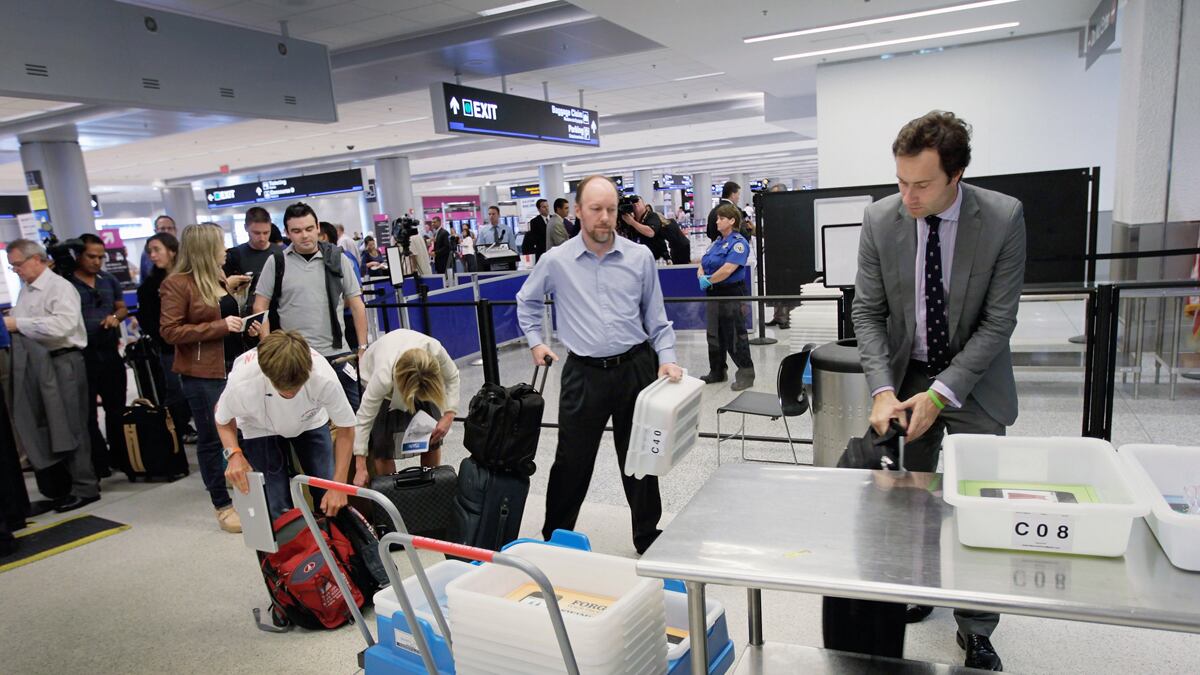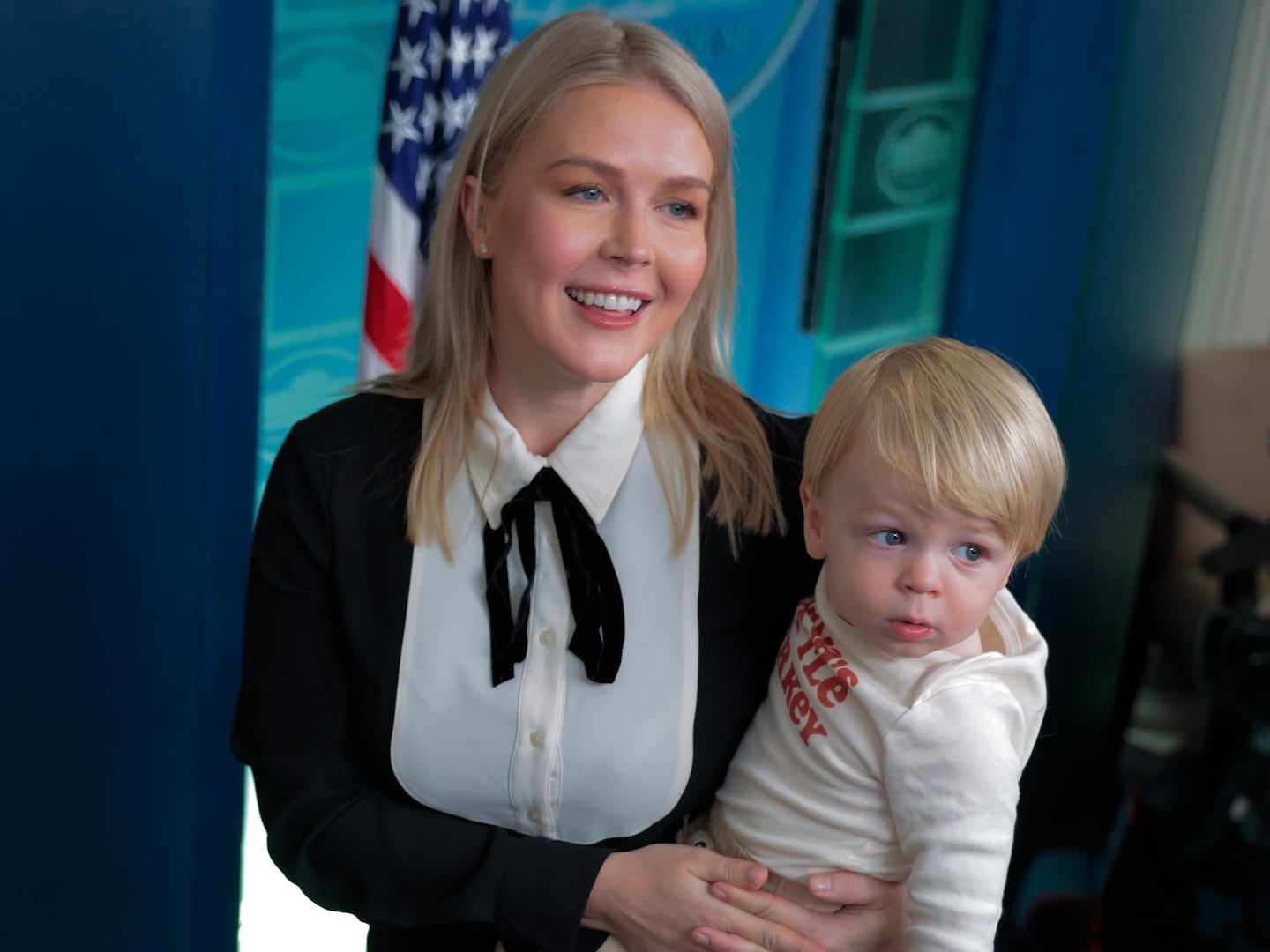Early this morning, at Syracuse’s Hancock International Airport, I confronted the realities of post 9/11 air travel. A small battalion of TSA officers stood watch as a few dozen weary travelers shuffled through the lines. The mix of road warriors and elderly travelers sleepwalked through the rituals: removing the belts and shoes, extracting laptops and toiletries from bags, throwing out bottles of water. The 60-something man in front of me labored to remove a boot that protected a cast on his left foot; he was then pulled aside for extra scrutiny after a metal piece in it set off the detector. It took about five minutes to get through the line.

Another normal day at a small U.S. airport. The only formal reminder of the significance of the date came from the televisions in the gate area tuned to CNN. And yet the routines themselves bear a kind of daily witness to the events of Sept. 11, 2001.
It’s often overlooked, but as much as the attacks of 9/11 were assaults on our centers of commerce and government—our economy’s mind and nerve center—they were also an attack on its circulation system. The U.S. relies on its civilian aviation industry to move vast numbers of people and goods around the country. Efficiency was always at a premium, and friction was always to be avoided. The system had to run as close to capacity as possible just to break even, and even small disruptions could lead to systemic problems.
The attacks of 9/11 massively disrupted this system. The ease with which a group of hijackers simultaneously commandeered four planes scared many people away from traveling and forced the system into lockdown until authorities could figure out new security protocols. A host of new requirements and rules added expense and friction. As security lines lengthened, passengers were told to show up at the airport 90 minutes before flights, instead of 15 minutes. In August 2001, the U.S. had registered a record 56.4 million domestic enplanements, according to the Bureau of Transportation Statistics. In September 2011, that figure fell to about 30 million. Several airlines went bankrupt, and the government responded with a little-recollected federal bailout.
Flying instantly turned from a convenience to something else—an experience to be endured, a duty even. People who traveled for business in the months after 9/11 felt tension and fear, but also a sort of grim resolve. Many Americans refused to fly for a period. And each Sept. 11, we were reminded anew of the fragility of our air transport system.
But as time has passed, we accepted the new normal. In fact, the data shows that people have returned to the skies. According to BTS, by 2005, U.S. domestic enplanements surpassed their pre 9/11 peaks. In the period from June 2011 to May 2012, there were 742.7 million passenger enplanements in the U.S.
Most people don’t think twice about flying anymore, not even on the anniversary of 9/11. I certainly didn’t when I scheduled a flight for a brief trip to upstate New York. It wasn’t until last night that I realized my return leg would be approaching La Guardia at about 8 a.m. this morning. I’m sure some of my fellow passengers were thinking about it, but I didn’t sense anything.
That’s not to say there was no tension and annoyance. The boarding time for Delta Flight 6195, scheduled to depart at 6:16 a.m., came and went without any announcement. Ten minutes later, a Delta employee got on the public address system and commenced a lengthy dissertation on a maintenance issue—a guard for a particular switch was somehow missing. Maintenance people were working on it, and an engineer had been called. A tentative departure for 7:40 a.m. was put up—but that was clearly vaporware. When I asked the people at the check-in desks for other options to get to New York today, I got a sad clown face. The next couple scheduled flights from Syracuse to New York were fully booked. (That’s another feature of the post 9/11 air travel world: airlines have cut capacity to the bone and are using information technology to make sure almost every flight is full). If this flight didn’t go at some point, the airline might be able to get me to New York later in the evening.
I ran downstairs, rented a Dodge minivan from Avis, and spent the morning barreling through the Hudson River Valley, marveling at the scenery as the fog slowly burned off. Eleven years ago today, I’m guessing dozens of passengers at this airport were forced to do the same thing when the system shut down. But I was sent to the roads more by annoyance and impatience than by fear, desperation, or necessity. After a few hours on the road, as I approached my destination, a flight alert buzzed on my iPhone. Delta flight 6195 did leave Syracuse eventually—it took off at 8:47 a.m. and landed at La Guardia at 9:50 a.m., 145 minutes late.
Eleven years after the attacks, air travel in the U.S. has pretty much reverted to what it was pre 9/11: a pain in the ass.






